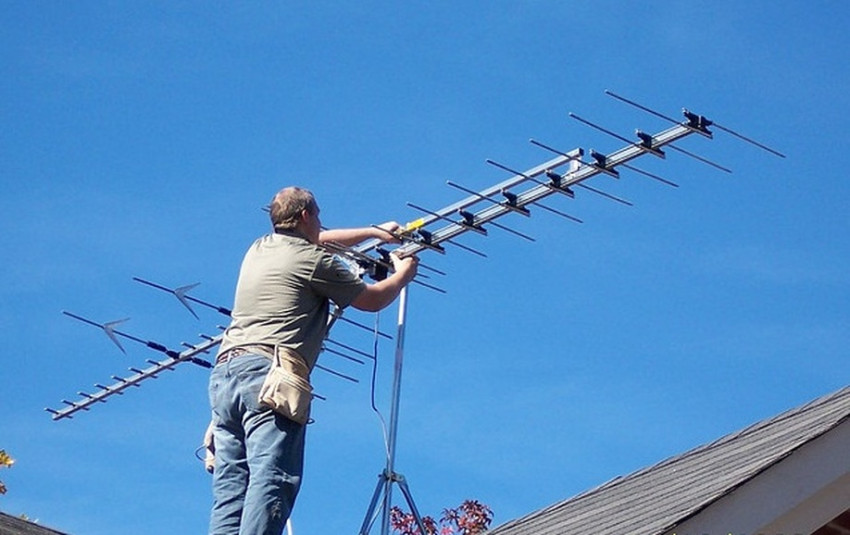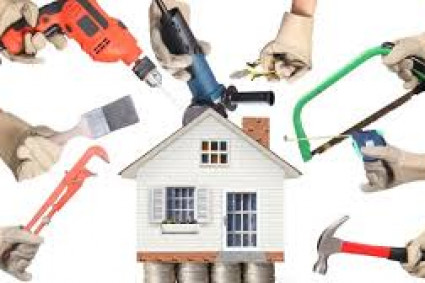
As more people cut the cord on traditional cable TV and opt for streaming services, many are still using indoor TV antennas to access local channels. However, one common issue that arises with indoor TV antennas is a weak or inconsistent signal. A weak signal can cause channels to come in fuzzy or not come in at all. But don't worry, there are ways to boost your indoor TV antenna signal and improve your viewing experience. In this article, we'll discuss how to do just that.
Understanding Signal Strength and Quality
Before we dive into ways to boost your indoor TV antenna signal, it's important to understand the two main components of a signal: strength and quality. Signal strength refers to how strong the signal is that your antenna is receiving. Signal quality refers to how clear the signal is that your antenna is receiving. Both of these components are crucial to receiving a clear picture on your TV.
Location, Location, Location
The first step to boosting your indoor TV antenna signal is to ensure that your antenna is in the optimal location. The placement of your antenna can greatly affect the strength and quality of the signal it receives. Here are a few tips on where to place your indoor TV antenna:
- Near a window: Placing your antenna near a window that faces the broadcast tower can help improve your signal strength. Try a few different windows to see which one provides the best signal.
- High up: The higher your antenna is, the better your chances are of receiving a strong signal. Try placing your antenna on a high shelf or even mounting it on the wall.
- Away from interference: Keep your antenna away from other electronics that may interfere with the signal, such as microwaves, cordless phones, and Wi-Fi routers.
Use a Signal Amplifier
A signal amplifier, also known as a signal booster, is a device that boosts the strength of your antenna's signal. Signal amplifiers are especially useful if you live far away from the broadcast tower or if you have a lot of obstructions, such as trees or tall buildings, between your antenna and the tower.
To use a signal amplifier, simply plug it into a power source and connect it to your antenna's coaxial cable. Some antennas even come with a built-in signal amplifier. However, be cautious when using a signal amplifier, as too much amplification can actually decrease signal quality and cause interference.
Adjust Your Antenna
If you're not getting a clear signal, it's possible that your antenna isn't positioned correctly. Try adjusting your antenna's position and re-scanning for channels. Here are a few tips on how to adjust your antenna:
- Slowly move your antenna around to different positions, checking the signal strength and quality each time.
- Try adjusting the antenna's angle. If it's a flat antenna, try angling it slightly towards the broadcast tower.
- If your antenna has an adjustable amplifier, try adjusting it to see if that improves your signal.
Upgrade Your Antenna
If you've tried all of the above and you're still not getting a clear signal, it may be time to upgrade your antenna. There are a variety of indoor TV antennas on the market, ranging from basic models to more advanced ones with signal amplifiers and other features. Here are a few things to consider when upgrading your antenna:
- Range: Make sure the antenna you choose is designed for the distance between your home and the nearest broadcast tower.
- Type: There are two main types of indoor TV antennas: directional and omnidirectional. Directional antennas are designed to receive signals from a specific direction, while omnidirectional antennas can receive signals from all directions.
- Amplification: Some antennas come with a built-in signal amplifier, while others require an external amplifier. Consider your needs and the strength of the signal.



